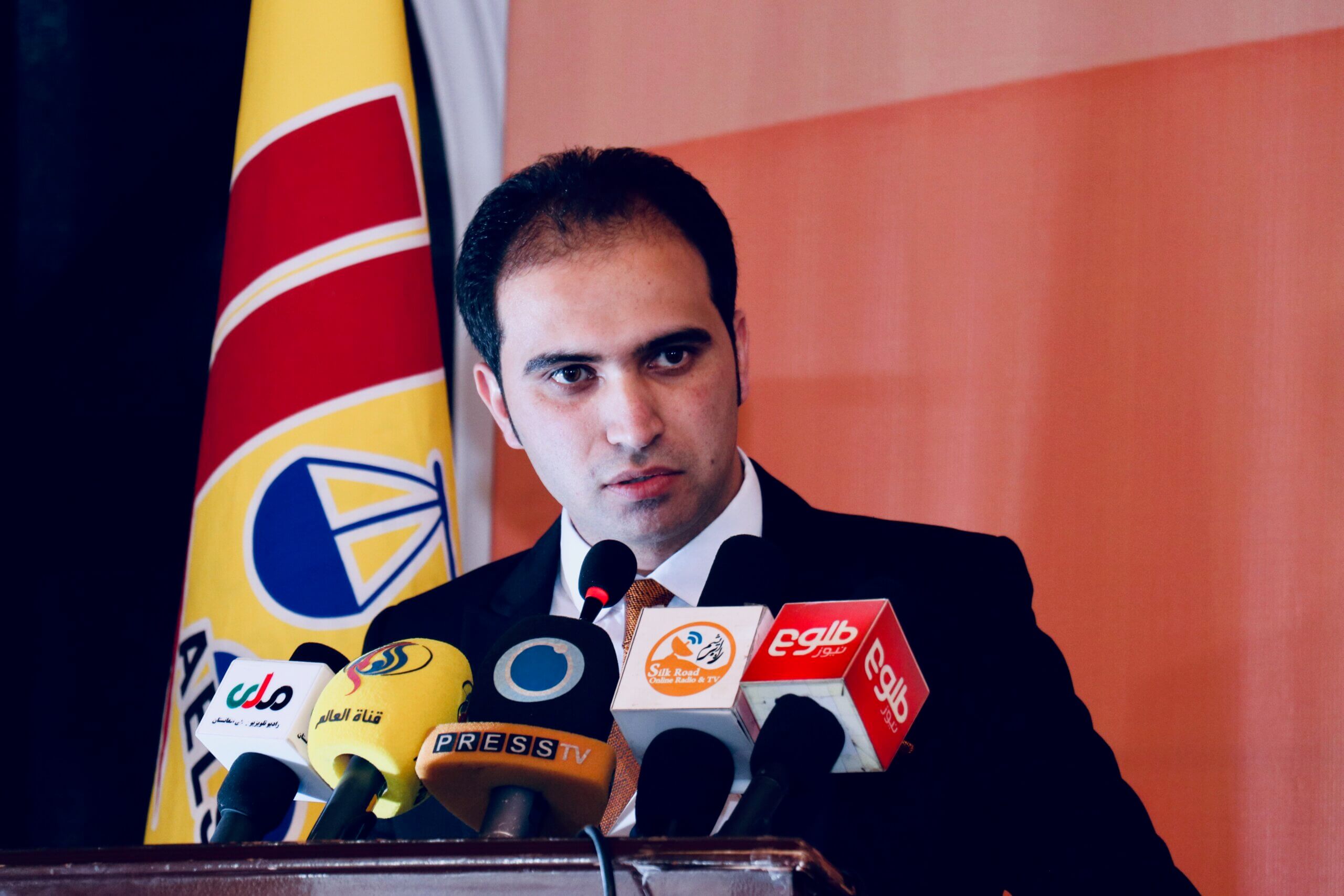
How economic cooperation between Afghanistan and Pakistan can boost cooperation in the region? | Khalid Ramizy
Sustainable Political cooperation between Afghanistan and Pakistan has been always a challenge and we can claim that this situation has not only prevented two countries from development but the entire region. History has proved that without cooperation, none of these two countries can reach to peace and sustainable development.
While the rest of the world is growing fast in terms of economy, technology, welfare and etc., Afghanistan and Pakistan are among few under developing countries with poverty, insecurity and lack of welfare characteristics. This situation has caused both countries to still be involved in issues of peace and stability. According to Global peace index (GPI) report from the institute to Economics and Peace, Afghanistan with 3.567 score and Pakistan with 3.047 score remains as world most dangerous countries.[1]
While Afghanistan has very strategic geography that connects central Asian countries to south and East Asian countries with Middle East; this potential of Afghanistan can be used for boosting economic cooperation in the region that can lead the region even integration. To bind the economic relation of Afghanistan and Pakistan into a strong and interdependent relation, the focus should be on implementation of regional big economic projects such as TAPI pipeline[2] and CASA-1000 hydroelectricity projects. These projects can be coal and steel of Asia that can lead to integration in future.
TAPI project as a tool for political cooperation in the region
According to Asian Development Bank, TAPI gas transmission project is an 1800 kilometer pipeline that will export between 60 to 90 million cubic meters gap per day from Turkmenistan to Afghanistan, Pakistan and heading to India which is estimated 7.8 billion USD.[3] The demand of Afghanistan, Pakistan and India as energy buyers in upcoming decade is estimated as below:
Buyers Energy Demand (mmcd) | |||
| Countries | 2006 | 2015 | 2030 |
| AFG | 1.5 | 4.3 | 10.8 |
| PAK | 202 | 263 | 414 |
| IND | 1166 | 1383 | 2362 |
From an ideal prospective, this data shows that TAPI project is an open door for economic self-sufficiency and development of all parties, including Turkmenistan, Afghanistan, Pakistan and India. In addition, it will bring peace, security and cooperative economic, social and political atmosphere in the region.
Unfortunately this project is being evaluated from a realistic prospective by decision makers. They mostly evaluate the result of this cooperation that which country may gain most profit and how much it will increase their power. This fact has not been evaluated that how much luck of cooperation has put Central and south Asian countries behind from other countries around the world.
In addition to a specific share of Gas that every involved country has, TAPI has huge opportunities of employment for involved countries and other countries of region in term of technical support. This project will create 15000 direct job opportunities.[4] The security staff, construction, purchase of material and other essential activities will bring job opportunity that can help unemployment challenge in Turkmenistan, Afghanistan, Pakistan and other regional countries. Besides that, Afghanistan will receive 500 million USD a year and India will pay 200-250 million USD a year to Pakistan only for the transit duties of this project. This project will not only change the game of the regional states but the life of their residence too.
For sustainability of this project, it is very important to involve non-government actor of Afghanistan and Pakistan in the process. Because only involvement of Governments will come back to realistic approaches of this project, but involvement of private sector, civil society organization, communities and media can be positive in practical steps of TAPI. Demonstration of Afghan and Pakistan merchants because of the border closer decision in February 2017 is a good example.[5]
CASA 1000 project as a tool for political cooperation
Among other certain challenges of Afghanistan, Pakistan and India for sustainable development, it has been observed that power shortage is very important one. According to Research and Advocacy for Advancement of Allied Reforms report, the average shortfall in the power sector of Pakistan is 7000 Megawatts feet per day and over 140 million Pakistanis either have no access to the power grid or suffer over 12 hours of load shedding daily. On the other hand chronic power shortage, in the form of load-shedding and power outage had cost Pakistan economy14 billion (7pc of GDF) in the year 2015.[6] The most importantly, over 500,000 householders in Pakistan are impacted with unemployment as businesses have been forced to shut down because of energy shortages.
This data shows that Pakistan is facing power crisis and this crisis has prevented Pakistan from development and has cost billions of dollars to its economy. This data also shows the necessity of Pakistan to urgently solve this crisis.
On the other hand, Afghanistan that is newly working on its re-establishment of industry and would like to actively take part with in the race of countries under development. According to World Bank report on May 2017, despite significant progress in developing the electricity grid, Afghanistan retains one of the lowest rates of access and usage of electricity in the world. Only about 30 percent of its population is connected to the grid, up from 6 percent in 2002. Afghanistan’s power utility DABS has grown its customer base steadily, increasing by an additional 6 percent every year. In 2015, Afghanistan’s peak demand was 1,500 MW, and overall consumption was about 5,76 GWh.[7]
Despite these challenges, Afghanistan’s location that is in neighborhood of central Asia is a privilege, because Afghanistan can transmit electricity from these central Asian countries in bilateral agreements.
Conclusion:
The above data and analysis shows that economic cooperation between central and south Asian countries can boost political cooperation in the region. These projects can bring other countries of the region into more economic agreements and can be coal and steel of Asian that may cause integration.
Inauguration of “Lajaward transit road” that connects Afghanistan and south Asian countries to Europe in one more great policy of governments enhanced in recent years. These projects shows that economic cooperation in this region has been kicked off and it will also include political, social and security cooperation in the future. Support of international communities from this region is also an important part that should be considered.
[1] . https://www.atlasandboots.com/most-dangerous-countries-in-the-world-ranked/
[2] . The pipeline will transport Caspian Sea natural gas from Turkmenistan through Afghanistan into Pakistan and then to India.
[3].https://csisprod.s3.amazonaws.com/s3fspublic/legacy_files/files/attachments/140606_TAPI_naturalgasPPT_0.pdf
[4] . http://outlookafghanistan.net/national_detail.php?post_id=14005
[5] . http://nation.com.pk/national/10-Mar-2017/transporters-stage-protest-at-torkham-border
[6] . https://www.dawn.com/news/1275116
[7] . http://www.worldbank.org/en/country/afghanistan/overview
Written by: Mohammad Khalid Ramizy





